How to Round Amounts of Money
Rounding means making a number simpler but keeping its value close to what it was. With money, we often round to the nearest dollar or to the nearest ten cents.
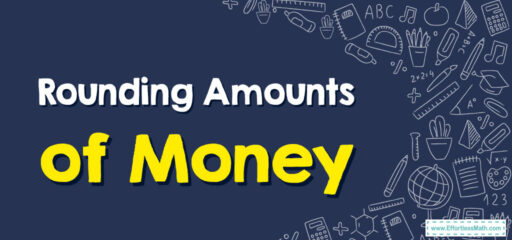
A Step-by-step Guide to Rounding Amounts of Money
Here is a step-by-step guide to rounding amounts of money:
Step 1: Understand the Basics of Money
Money in dollars and cents has a decimal point. For example, $2.75 means 2 dollars and 75 cents. The first digit after the decimal point represents tens of cents (from 10 cents up to 90 cents), and the second digit represents single cents (from 1 to 9 cents).
The Absolute Best Book for 4th Grade Students
Step 2: Identify the Place Value You Are Rounding To
Are you rounding to the nearest dollar, or to the nearest ten cents?
If you’re rounding to the nearest dollar, you’ll be looking at the digit in the tenths place (the first digit after the decimal point).
If you’re rounding to the nearest ten cents, you’ll be looking at the digit in the hundredths place (the second digit after the decimal point).
Step 3: Apply the Rounding Rule
If the digit you’re looking at is 5 or more, you round up, which means you add 1 to the number in the place you’re rounding to.
If the digit is 4 or less, you round down, which means the number in the place you’re rounding to stays the same.
The Best Math Books for Elementary Students
Related to This Article
More math articles
- How Math Can Help You Win At Poker?
- 4th Grade STAAR Math FREE Sample Practice Questions
- Overview of the ALEKS Mathematics Test
- 7th Grade Georgia Milestones Assessment System Math FREE Sample Practice Questions
- Accuplacer Math Formulas
- Diving Deep with Division: How to Handle Four-digit Numbers with Two-digit Divisors
- The Best AFOQT Math Worksheets: FREE & Printable
- What Is The Best Calculator For Trigonometry?
- Full-Length ATI TEAS 7 Math Practice Test-Answers and Explanations
- FREE SSAT Middle Level Math Practice Test
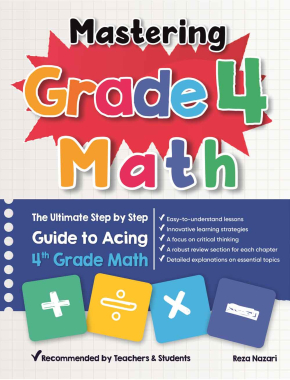
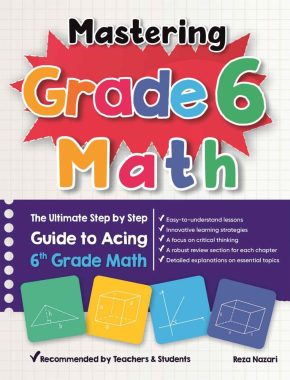
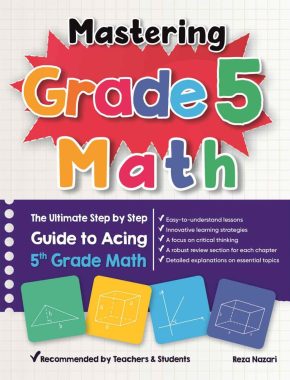
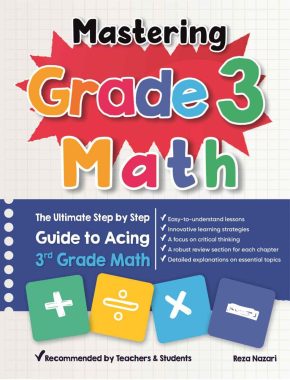



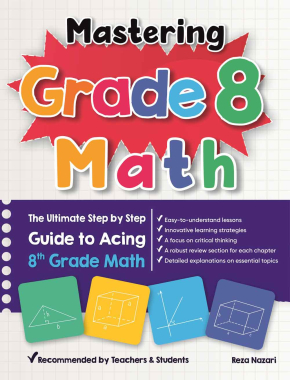
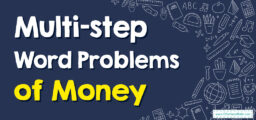


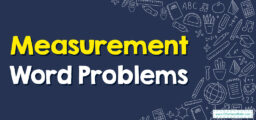

What people say about "How to Round Amounts of Money - Effortless Math: We Help Students Learn to LOVE Mathematics"?
No one replied yet.